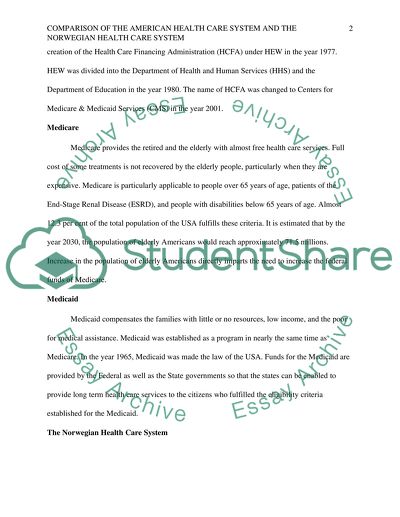Cite this document
(“Comparison of the American Health Care System and the Norwegian Health Research Paper”, n.d.)
Retrieved from https://studentshare.org/health-sciences-medicine/1399160-comparison-of-the-american-health-care-system-and-the-norwegian-health-care-system
Retrieved from https://studentshare.org/health-sciences-medicine/1399160-comparison-of-the-american-health-care-system-and-the-norwegian-health-care-system
(Comparison of the American Health Care System and the Norwegian Health Research Paper)
https://studentshare.org/health-sciences-medicine/1399160-comparison-of-the-american-health-care-system-and-the-norwegian-health-care-system.
https://studentshare.org/health-sciences-medicine/1399160-comparison-of-the-american-health-care-system-and-the-norwegian-health-care-system.
“Comparison of the American Health Care System and the Norwegian Health Research Paper”, n.d. https://studentshare.org/health-sciences-medicine/1399160-comparison-of-the-american-health-care-system-and-the-norwegian-health-care-system.


